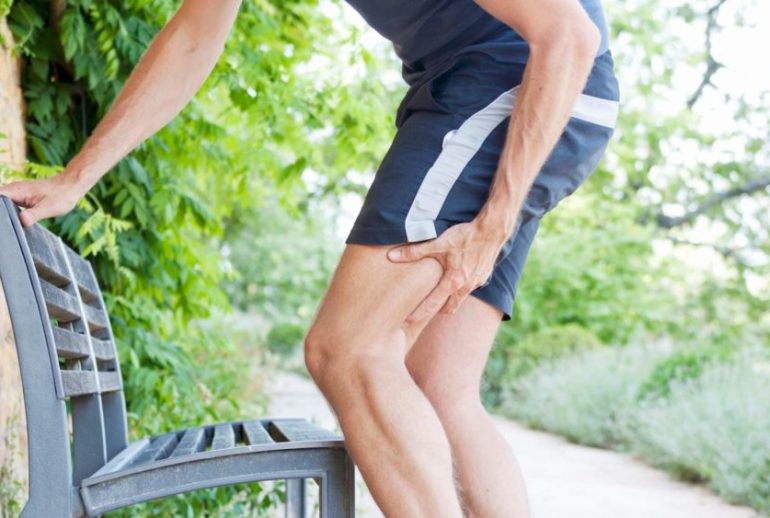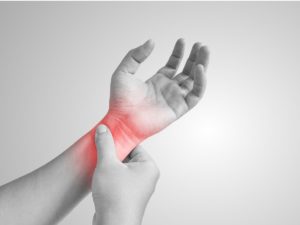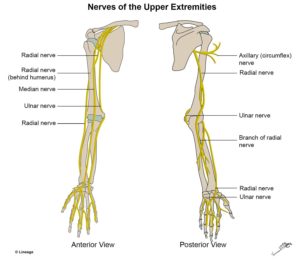Do you currently have posterior leg tightness and pain? Have you ever “pulled” your hamstring? Returned back into sports?
Continue reading below to find out more!
have you ever pain on your heel after running? ever noticed pain during running? started running more frequently?
2021 has been a year to remember with so many different challenges and obstacles occurring along the way. One of the biggest concerns during this COVID affected year was how to maintain fitness and health. As we continue to progress back to returning to our norm, we notice social and competitive sporting events start to return as well. With an increase in sporting activities returning, we also notice a lot of re-occurring or new injuries, whether you’re a beginner or a seasoned veteran. Amongst these injuries, one of the most common areas being affected are the hamstrings. Today we explore the common hamstring injuries and how to manage it.
What are the hamstrings?
The hamstrings is a large muscle group located in the back of our thighs. It is composed of three muscles known as the biceps femoris, semitendinosus and semimembranosus. The hamstrings muscle originates from our sitting bone (ischial tuberosity) and runs down the back of our thigh until it attaches around our knee. The main function of the hamstring is help assist with knee and hip movement, primarily during walking, squatting, bending of your knees and tilting of your pelvis. The hamstring, being such a big muscle group, is very important when it comes to sports and running as it helps us control deceleration during walking, running and cutting motions, particularly during running sports. As a result of this, it’s very common for this muscle to be affected one way or another, small or big, hence it’s very important to understand what’s happening and how best to manage it.

What are hamstring strains?
Hamstring injuries are very frequent among recreational or elite athletes, ranging from 8 to 25 percent of all musculoskeletal injuries, depending on the sport. During sports, muscles will lengthen and short repetitively based on the action being performed in rapid succession. When the muscles become overly stretched or overloaded, they will become injured leading to muscles strains, or worse, tears. Hamstring strains is the term used to categorise this kind of injury to this specific group of muscles.
Hamstrings are traditionally classified into three categories, mild (Grade 1), moderate (Grade 2) and severe (Grade 3). Depending on the mechanism of injuries and the grading, each will present and affect each individual differently.
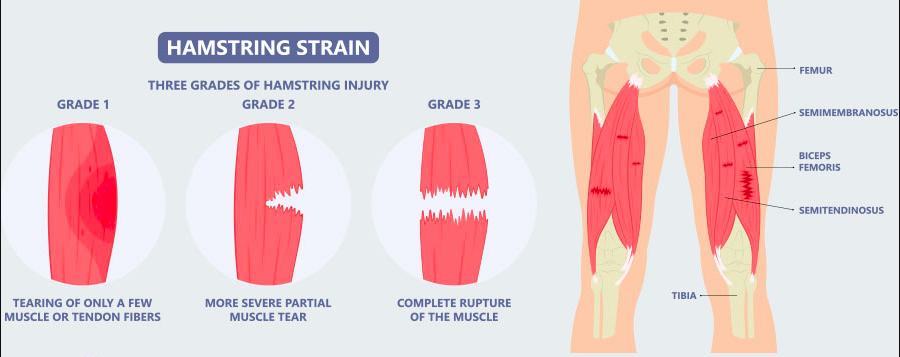
What causes hamstring strains?
The cause of hamstring strains are commonly due to an overstretching of the muscle group, particularly during sport as there is stretching and contraction within rapid succession. In saying so, there are many factors that also need to be considered when understanding the cause of hamstring strains. Such risk factors include:
- Older age
- Previous Hamstring injury
- Limited hamstring flexibility
- Increased training volume
- Inadequate warm-up
- Hamstring weakness
- Pelvic posture (increased lumbar lordosis)
- Poor running biomechanics
- Running sports
Characteristics of Hamstring Strains
Hamstring strains common results in sudden, minimal to severe pain around the back of the thigh. Commonly, an audible popping sound or feeling can be felt or heard during this injury, although not always present. Depending on the grading of the strain, each will present differently.
Grade 1 (mild)
- Pain at posterior thigh
- Tenderness on touch
- Small swelling
- Pain and “tightness” during forward bending or walking
- No changes to strength usually
Grade 2 (moderate)
- Acute pain at posterior thigh
- Swelling
- Mild case of function loss during walking (with a limp)
- Tenderness on touch
- Pain bending knee
Grade 3 (Severe)
- Fully torn muscle
- Large bruising
- Swelling
- Intense pain
- No longer able to bend knee without excruciating pain
- Unable to walk without limp
- Drastic weakness in knee function
How to manage hamstring strains?
Depending on the severity of the strain itself, management would vary. Grade 1 and 2 can be managed by yourself at home or with a physical therapist, however Grade 3 strains will need medical opinion and referral to ensure proper management.
1. RICE Protocol
The RICE protocol has shown to be really effective for majority of sporting injuries. When you strain your muscle, inflammation can occur and pain would follow after. Resting from your activity after your hamstring strain will allow for your muscle to recover and heal during the early phases. Secondly, the use of ice and be used to help with some pain relief and help reduce any swelling that may be present. Compression bandages can be applied to help reduce swelling and provide some support for the muscle. Lastly, elevating your leg can help with pain relief and also reduce the development of swelling. This is recommended and is very easy to apply when on your own or at home.
2. Stretch and flexibility
Stretching of your muscle can be very helpful once the acute and initial phases of the injury has past, commonly after 3-5 days. You may be wondering, why stretch when the injury occurred from an overstretching mechanism. When you get injured, muscles begin to spasm, tense up and shorten. In the initial due the injury, it’s recommended not to stretch as aggressively as muscle fibres would often be recovering. Once out of this stage, regaining muscle length, flexibility and strength is key to stronger hamstrings in the future. Below is an example of a simple stretch that you may try at home once pain has subsided. Keep in mind that when stretching, do not over stretch or aggressively stretch. Hold the stretch so that it’s bearable and non-painful.


Standing Hamstring Stretch
3. Strength
As hamstring strains is a muscle related injury, it’s very pivotal that during rehabilitation of all hamstrings strains, regardless of the grade, strength is to be incorporated. Depending on the degree of injury, this stage would be implemented at different stages, however when unsure, consulting with your physical therapist is heavily advised. Studies has shown that strengthening your hamstring will help with prevention of further injuries in the future and leads to better outcomes. Below are a few simple exercises to perform at home for Grade 1 and possibly Grade 2 hamstring strains (dependent on severity and timeframe)

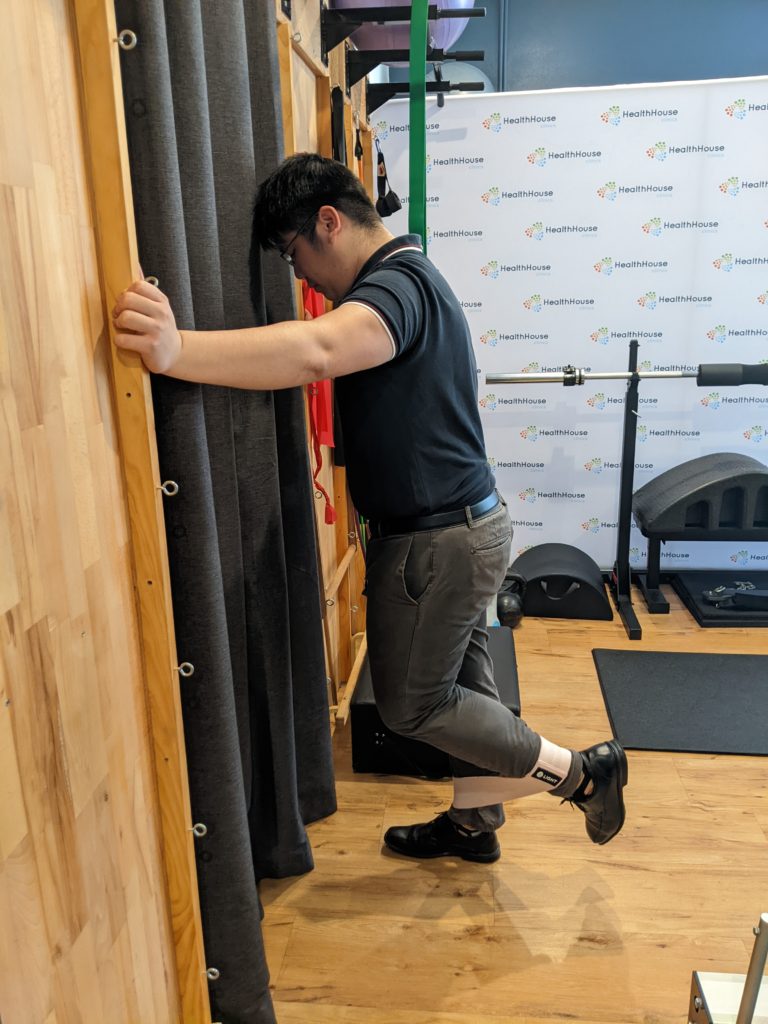
Standing Leg Curl


Hamstring Bridge
4. Assessment and Physical therapy
Whether you’re playing sport or running for recreational or competitive purposes, having injuries assessed by a qualified professional would be most ideal. Studies has shown that once you’ve injured yourself once, it’s more likely that you would encounter a re-injury within the next year if not looked after properly. Understanding the severity of the injury and knowing the cause will help with better outcomes in the future. Here at Health House Clinics, we see and treat a variety of musculoskeletal sport injuries, whether you’re a casual or seasoned veteran.
If you would like to find out more, please don’t hesistate to contact us on (02) 9524 8862 or email us at info@healthhouseclinics.com.au.
References:
https://orthoinfo.aaos.org/en/diseases–conditions/hamstring-muscle-injuries
https://www.physio-pedia.com/Hamstring_Strain
Sutton G. Hamstrung by hamstring strains: a review of the literature*.J Orthop Sports Phys Ther. 1984; 5(4):184-95.
Heiderscheit BC, Sherry MA, Silder A, Chumanov ES, Thelen DG. Hamstring strain injuries: recommendations for diagnosis, rehabilitation, and injury prevention. journal of orthopaedic & sports physical therapy. 2010 Feb;40(2):67-81.
Fields. K B, Copland. S T, Tipton. S T, Hamstring muscle and tendon injuries, Fricker. P & Grayzel. J, UpToDate. Retrieved 11th December 2021, from https://www-uptodate-com.simsrad.net.ocs.mq.edu.au/contents/hamstring-muscle-and-tendon-injuries?search=hamstring%20strains&source=search_result&selectedTitle=1~150&usage_type=default&display_rank=1

